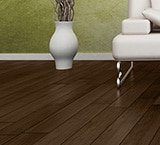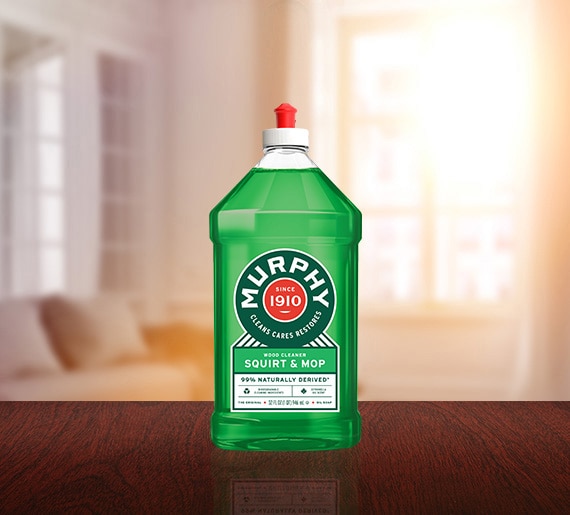HOME CARE, DÉCOR, & HOME HACKS
Drywall Repair Is Easier Than You Think

It's common for walls to start showing their age, especially if they've been bumped with furniture, bruised by roughhousing and riddled with nail holes from picture-hanging attempts. Homes are built with this wear in mind, though, and drywall repair is fairly easy to do yourself - enough for most homeowners to tackle on their own.
ASSESS YOUR WALL
Before you get started, you should take stock of the wall in front of you. If your wall has wallpaper, its repair is best left to a professional. The same goes for large cracks or holes created by an overswung doorknob which require a new piece of drywall, according to This Old House.
For smaller drywall repair jobs, however, the following steps below outline how easy it is to patch unsightly dents and holes.
GATHER YOUR MATERIALS
When you're ready to get started, gather the tools necessary to make the repairs. You will need:
- Wall spackle compound.
- A spackling tool or putty knife.
- Lightweight sandpaper.
- Rags.
- Paint
primer. - Wall paint that matches the existing wall color.
FIX THAT DRYWALL
Fill the hole with spackle, smoothing it to as flat a plane as you can. Two applications may be necessary to fill deeper holes.
After the required drying time; usually contingent on the spackle's directions lightly sand the surface until it's flush with the rest of the wall. Some forms of spackle don't require sanding, but a touch up will help ensure the surface is as smooth as you need it to be.
With a damp rag, wipe down the wall to remove lingering spackle dust surrounding the original hole.
PRIME AND PAINT
Prime the area with wall primer before painting it with the existing wall color. Consider adding a touch of the wall color to your primer as well, which makes it easier to blend the final coat of paint to match the current color. Repainting the entire room? Do the same with a touch of the new paint color. Certain spackles come with primer in them, which eliminates the need to complete this step altogether.
Next comes the step you've been waiting for - painting. Two light coats of fresh paint feathered over the patched area should do the trick. Keep these coats thin; you can always add more, but you can't take excess away. Let the wall dry completely, and you're done.
After your drywall repair is complete, you can rehang artwork (carefully, this time) and enjoy a familiar space that's as good as new.
This article was brought to you by Colgate-Palmolive Company, the makers of Murphy® Oil Soap. The views and opinions expressed by the author do not reflect the position of the Colgate-Palmolive Company.









